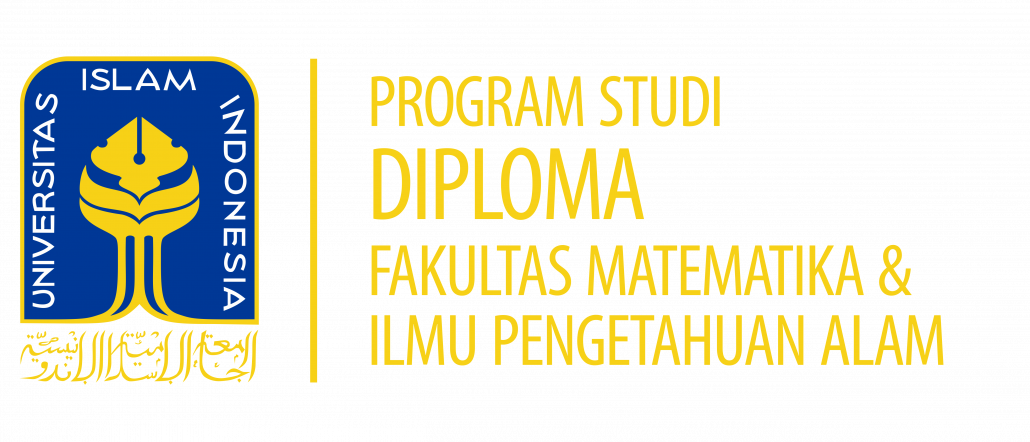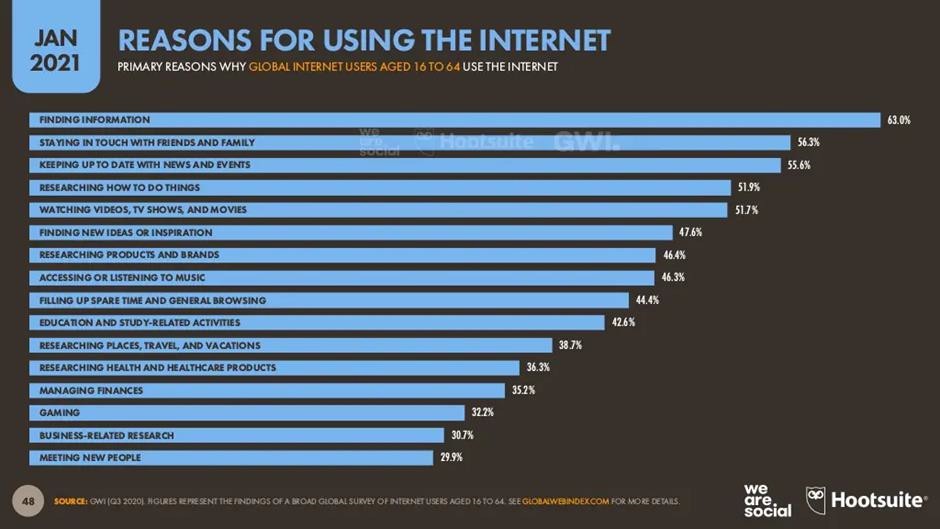 Analisis kimia adalah cabang ilmu yang mempelajari komposisi, struktur, sifat, dan reaksi zat-zat kimia. Metode dan teknik analisis kimia digunakan dalam berbagai bidang, baik dalam penelitian maupun aplikasi praktis. Peran penting analisis kimia dapat ditemukan dalam banyak bidang, dan di bawah ini akan dijelaskan beberapa contoh.
Analisis kimia adalah cabang ilmu yang mempelajari komposisi, struktur, sifat, dan reaksi zat-zat kimia. Metode dan teknik analisis kimia digunakan dalam berbagai bidang, baik dalam penelitian maupun aplikasi praktis. Peran penting analisis kimia dapat ditemukan dalam banyak bidang, dan di bawah ini akan dijelaskan beberapa contoh.
Industri Farmasi: Dalam industri farmasi, analisis kimia sangat penting untuk memastikan kualitas, keamanan, dan efektivitas obat-obatan. Analisis kimia digunakan untuk mengidentifikasi dan mengukur kandungan bahan aktif dalam obat, serta untuk mendeteksi dan mengeliminasi kontaminan yang tidak diinginkan. Melalui analisis kimia, produsen obat dapat memastikan bahwa obat-obatan yang diproduksi memenuhi standar dan persyaratan yang ditetapkan.
Industri Pangan: Dalam industri pangan, analisis kimia digunakan untuk memeriksa kualitas dan keamanan produk pangan. Metode analisis kimia digunakan untuk menguji kandungan gizi, mengidentifikasi aditif pangan, dan mendeteksi kontaminan seperti residu pestisida atau logam berat. Analisis kimia juga membantu dalam mengendalikan proses produksi pangan, seperti pengukuran pH, keasaman, dan kadar air.
Lingkungan: Analisis kimia berperan penting dalam memantau dan memahami kualitas lingkungan. Contohnya, analisis kimia air digunakan untuk menguji kualitas air sungai, danau, atau sumur untuk memastikan keamanannya bagi kehidupan manusia dan ekosistem. Analisis kimia juga digunakan dalam pemantauan emisi gas buang dari pabrik atau kendaraan, yang membantu dalam mengendalikan polusi udara.
Forensik: Dalam bidang forensik, analisis kimia digunakan untuk mengidentifikasi zat-zat kimia dalam jejak atau bukti kriminal. Analisis kimia juga digunakan dalam pengujian narkoba dan pengujian DNA. Metode analisis kimia yang canggih seperti spektroskopi massa dan kromatografi gas membantu ahli forensik dalam mengungkap kebenaran di balik kejahatan dan memberikan bukti yang kuat di pengadilan.
Industri Kimia: Tentu saja, dalam industri kimia sendiri, analisis kimia menjadi bagian integral dari proses produksi. Analisis kimia digunakan untuk mengontrol kualitas bahan baku, memantau reaksi kimia, dan menguji kualitas produk akhir. Analisis kimia juga membantu dalam pengembangan dan penemuan bahan kimia baru yang lebih efisien dan ramah lingkungan.
Kedokteran dan Kesehatan: Analisis kimia digunakan dalam diagnosa penyakit, pemantauan terapi obat, dan penelitian ilmiah di bidang kedokteran dan kesehatan. Contohnya, analisis darah untuk mengukur kadar gula darah, kolesterol, atau kadar obat dalam tubuh. Analisis kimia juga digunakan dalam penelitian untuk memahami mekanisme penyakit dan mengembangkan obat-obatan baru.
Melalui contoh-contoh di atas, dapat dilihat bahwa analisis kimia memainkan peran yang sangat penting dalam berbagai bidang. Tanpa analisis kimia yang tepat, sulit untuk memastikan kualitas, keamanan, dan efektivitas produk dan layanan yang kita gunakan sehari-hari. Bagi Anda yang tertarik dengan ilmu ini, program studi Analisis Kimia program diploma UII adalah pilihan tepat untuk mengembangkan pengetahuan dan keterampilan dalam bidang analisis kimia.
Program studi Analisis Kimia UII juga menekankan pentingnya keterampilan praktis dan profesional bagi para mahasiswa. Selama masa studi, mereka akan diberikan kesempatan untuk mengikuti magang di industri kimia atau laboratorium penelitian. Ini akan memberikan pengalaman langsung dalam mengaplikasikan pengetahuan yang telah dipelajari di dalam kelas ke dalam lingkungan kerja nyata.
Lulusan program studi Analisis Kimia UII akan memiliki peluang karir yang luas. Mereka dapat bekerja di berbagai industri seperti farmasi, makanan dan minuman, kosmetik, energi, dan banyak lagi. Sebagai analis kimia juga bertanggung jawab dalam melakukan analisis dan pengujian kualitas bahan-bahan kimia, produk, dan sampel, serta memberikan rekomendasi untuk perbaikan kualitas dan pengembangan produk.
Apakah Anda berminat? Bergabunglah dengan program ini dan raih kesempatan untuk mempelajari lebih lanjut tentang dunia yang menarik dan penting dari analisis kimia.
Salam kompeten
Kuntari, S.Si., M.Sc.
Referensi
Prastiwi, M. (2021). Menariknya Prospek Kerja Prodi Kimia dari Analisis Hingga Chemist. Diakses pada 13 Juni 2023, dari https://www.kompas.com/edu/read/2021/03/05/083000471/menariknya-prospek-kerja-prodi-kimia-dari-analis-hingga-chemist?page=all.
Thomas, L. (2019). Analytical Chemistry Techniques. Diakses pada 13 Juni 2023, dari https://www.news-medical.net/life-sciences/Analytical-Chemistry-Techniques.aspx.
Unansea. (nd). Analisis Kimia Laboratorium: Tanggung Jawab Dan Deskripsi Pekerjaan. Diakses pada 13 Juni 2023, dari https://id.unansea.com/analisis-kimia-laboratorium-tanggung-jawab-dan-deskripsi-pekerjaan/



 Education Laboratory is an academic support facility at an educational institution, which uses equipment and materials based on certain scientific methods in the context of implementing Education. While Calibration is the process of direct proof to the international system of units of measure that the scale of measurement or the requirements of the unit of measure have been met. In testing laboratories accredited to ISO 17025, the tool calibration process is a mandatory requirement that must be met. In ISO 17025:2017, calibration is one part of the Resource Requirements, especially the equipment section. Measuring equipment must be calibrated because it can affect measurement accuracy or measurement uncertainty so that it has an impact on the validity of the reported results. Equipment calibration is also required for metrological traceability of reported results so that they are accepted worldwide.
Education Laboratory is an academic support facility at an educational institution, which uses equipment and materials based on certain scientific methods in the context of implementing Education. While Calibration is the process of direct proof to the international system of units of measure that the scale of measurement or the requirements of the unit of measure have been met. In testing laboratories accredited to ISO 17025, the tool calibration process is a mandatory requirement that must be met. In ISO 17025:2017, calibration is one part of the Resource Requirements, especially the equipment section. Measuring equipment must be calibrated because it can affect measurement accuracy or measurement uncertainty so that it has an impact on the validity of the reported results. Equipment calibration is also required for metrological traceability of reported results so that they are accepted worldwide. The aim of management is to provide guidance for laboratory personnel to be able to carry out assigned tasks within limited time and resources. This includes the management of consumables, equipment, design of work procedures or SOPs, supervision of daily activities, training of existing and new personnel and if possible also related to obtaining grants or assistance from external parties.
The aim of management is to provide guidance for laboratory personnel to be able to carry out assigned tasks within limited time and resources. This includes the management of consumables, equipment, design of work procedures or SOPs, supervision of daily activities, training of existing and new personnel and if possible also related to obtaining grants or assistance from external parties.